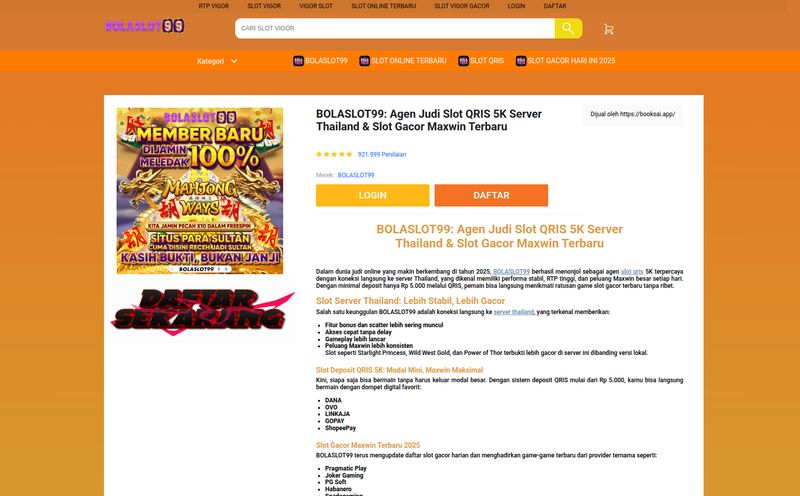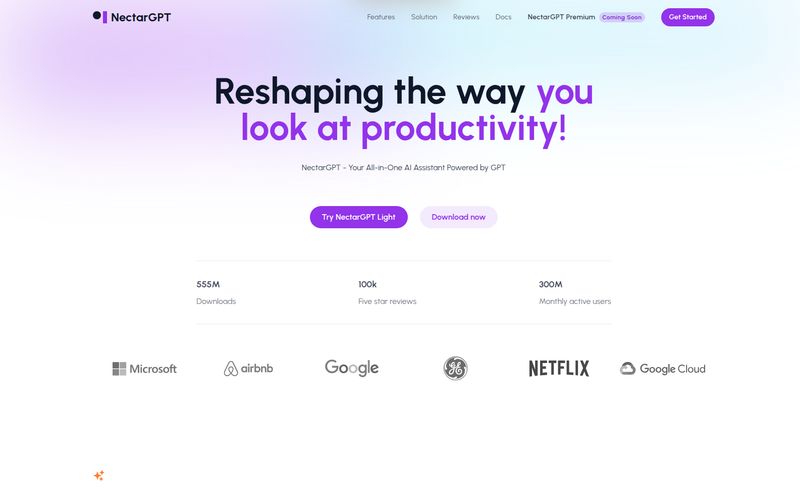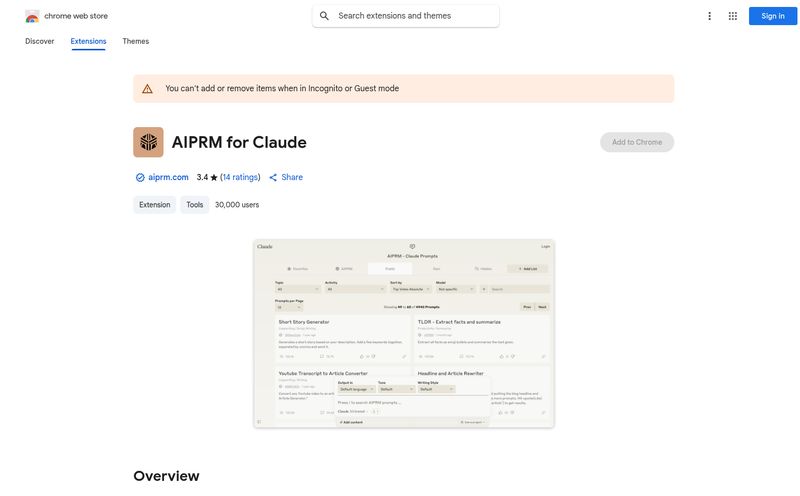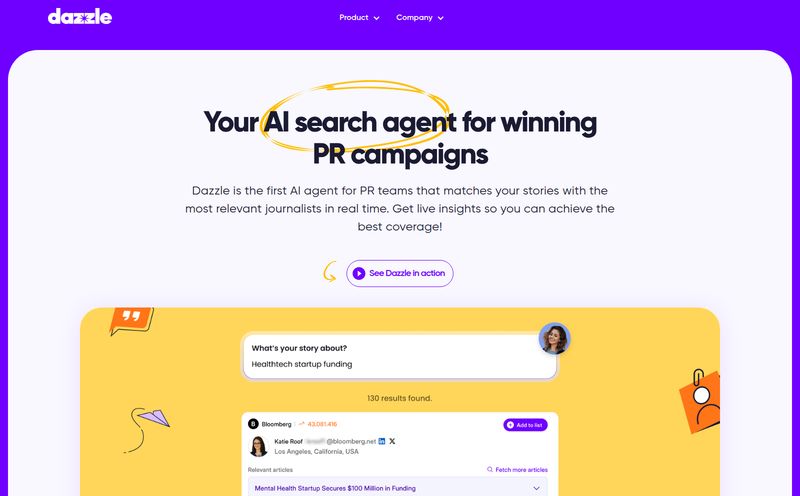We've all been there. You're staring at a screen with about 37 tabs open. One is a deep-dive on the latest Google algorithm update, another is a case study on a competitor's traffic spike, and about five more are think-pieces on the future of AI in marketing. Your coffee is cold. Your eyes are blurry. The sheer volume of stuff we're expected to read to stay on top of our game is just… a lot. It’s a content avalanche, and we're all just trying to find our footing.
For years, my solution was a messy combination of Pocket, a dozen bookmarks folders ironically named "Read Later," and the sheer hope that I'd magically gain an extra four hours in my day. It never worked. That's why my ears perk up whenever I hear about a tool that promises to cut through the noise. Enter TLDR This, a free AI-powered text summarizer that’s been making some waves. But is it just another shiny object, or is it the productivity hack we've all been waiting for?
So, What Exactly is TLDR This?
At its heart, TLDR This is a deceptively simple tool with a powerful engine under the hood. The name itself is a nod to internet culture—"Too Long; Didn't Read." It’s designed to do one thing and do it well: take any long piece of text and shrink it down to the most important bits. Think of it like a highly efficient research assistant who can speed-read an entire article and just give you the executive summary.
It uses AI to parse through articles, blog posts, academic papers, you name it, and spits out a concise, easy-to-digest summary. It doesn't just shorten the text, though. The tool is smart enough to extract useful metadata, like the author's name, publication date, related images, and even the estimated reading time of the original article. It’s built for one purpose: to save you from the tyranny of information overload.
Getting Started: How It Works in Practice
The beauty of this tool is its sheer lack of a learning curve. You have two main ways to use it. The first is the old-school copy-and-paste. You find an article, paste the URL or the text directly into the box on their website, and hit the summarize button. Seconds later, you have your summary. It's clean, simple, and gets the job done.
But the real magic, for me, is the browser extension (available for Chrome and Firefox). This is where it integrates into your actual workflow. You’re on a page, you click the little TLDR This icon in your toolbar, and bam—a summarized version appears. No more switching tabs. No more copy-pasting. It just works. This is the feature that took it from a “cool tool I’ll use sometimes” to something I use almost daily.
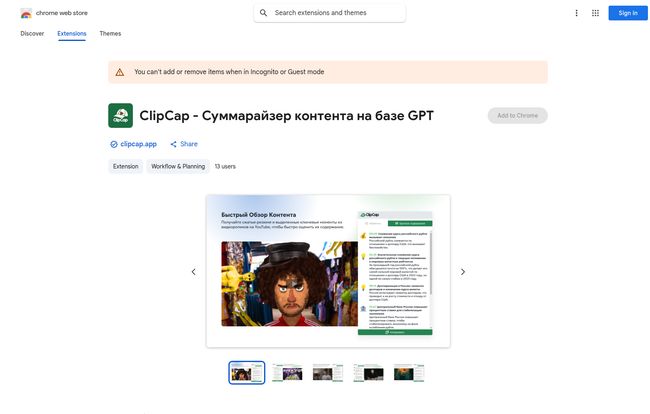
Visit TLDR This
The output is usually broken down into a few key sentences at the top, followed by longer, more detailed summary paragraphs. This tiered approach is brilliant because you can get the ultra-quick gist first, and then read the slightly longer summary if it piques your interest. It's all about giving you control over how much information you want to absorb.
The Good, The Bad, and The AI: A No-Nonsense Breakdown
No tool is perfect, right? Especially when you're talking about AI. Let's break down the real pros and cons I've found after kicking the tires on this thing for a while.
The Good Stuff: Why I'm Genuinely Impressed
First off, the price. It’s free. Completely. In a world of freemium models, tiered subscriptions and hidden costs, a genuinely useful and free tool is a rare beast. This alone makes it accessible to everyone, from students on a ramen budget to startups bootstrapping their way to the top.
The time-saving aspect is undeniable. I recently had to research a dozen articles for a piece on local SEO trends. Using TLDR This, I was able to quickly vet which articles were worth a full read and which ones were just rehashed content. It probably saved me a solid two hours of tedious reading. For anyone in content creation, research, or academia, that’s a massive win.
Another thing I love is the ad-free reading experience. When you summarize an article, it strips away all the pop-ups, banner ads, and auto-playing videos. What you get is just clean, focused text. It's a surprisingly serene reading experience that I didn't know I needed. It's like stepping out of a noisy, crowded street into a quiet library.
The Not-So-Good Stuff: Where It Stumbles
Okay, let's get critical. The biggest drawback, and this applies to most AI summarizers, is the potential loss of nuance. The AI is great at pulling out factual statements and key arguments, but it can sometimes miss the subtle tone, sarcasm, or the underlying 'why' behind an author's point. For a quick overview of a news article, it's perfect. For a dense philosophical text or a highly stylized piece of writing? You're going to lose something in the translation. You still need your human brain for that.
The quality of the summary is also, naturally, dependent on the quality of the AI. While TLDR This is pretty darn good, it’s not infallible. I've seen it occasionally get tripped up by poorly structured articles or content that's heavy on jargon. Also, there's a file upload limit of 25MB, which is generous for most text documents but might be a constraint if you're trying to summarize a massive PDF report.
Who is TLDR This Actually For?
I can see a few groups getting a ton of value out of this:
- Students and Researchers: Imagine plowing through a reading list or a collection of academic papers. This tool is a lifesaver for identifying the core arguments of each paper before deciding which ones warrant a full, deep read.
- Busy Professionals: Marketers, managers, consultants… anyone who needs to stay informed but is perpetually short on time. Use it to digest industry news, competitor blog posts, and lengthy reports during your morning coffee.
- Content Creators and SEOs: Like me! It’s a fantastic tool for research, for quickly understanding the main points of top-ranking articles on a topic you're about to write on. It helps you get the lay of the land, fast.
- Casual Readers: For anyone who has a long list of articles they want to read but can never find the time. It's a great way to stay curious and informed without the heavy time commitment.
What's the Damage? A Quick Look at Pricing
This section is going to be short and sweet, because the pricing is incredibly straightforward.
TLDR This is 100% free.
There are no hidden fees, no premium tiers, no "contact us for enterprise pricing." It's a free tool supported by its creators. In my book, that’s a huge vote of confidence in their product and a massive bonus for users.
Frequently Asked Questions
Is TLDR This really free to use?
Yes, as of my writing this, it is completely free. There are no subscription plans or charges for using the main summarization features or the browser extensions.
How does the browser extension work?
You install it on your Chrome or Firefox browser from their respective web stores. Then, when you're on a webpage you want to summarize, you simply click the TLDR This icon in your browser's toolbar. It will open a view with the summarized content, without you having to leave the page.
Can it summarize PDF files or other documents?
Yes, you can upload documents directly to the website for summarization. However, keep in mind there is a file size limit of 25MB, so it's best for text-heavy documents rather than massive, image-rich reports.
Is the AI summary always 100% accurate?
It's very good, but not perfect. The AI is designed to extract the main points and factual information. However, it can sometimes miss subtle context, tone, or sarcasm. It's best used as a tool for getting the main idea, not as a replacement for critical reading of important texts.
Is it safe? What about my data?
This is a great question for any online tool. It's always smart to review the privacy policy of any extension or service you use. Generally, reputable tools will be transparent about what they do. TLDR This is focused on providing a service, and being free, its model isn't built on selling user data, but alwways do your own due diligence.
What does "TLDR" mean, anyway?
"TLDR" (or tldr) is popular internet slang that stands for "Too Long; Didn't Read." It's used as a brief summary at the beginning or end of a long piece of text, which makes it the perfect name for this tool!
My Final Verdict: Is It Worth Your Time?
So, what's the bottom line? TLDR This has earned a permanent spot in my digital toolbox. It's not a magic wand that will do your reading for you, and it won’t replace the need for deep, focused analysis. But that's not what it's for.
It’s a digital machete for cutting through the content jungle. It’s a filter that helps you quickly separate the signal from the noise. For being a completely free, easy-to-use, and genuinely helpful tool, it’s an absolute no-brainer to try. It won't solve all your information overload problems, but it will give you a fighting chance. And in today's content-saturated world, a fighting chance is a pretty good place to start.
